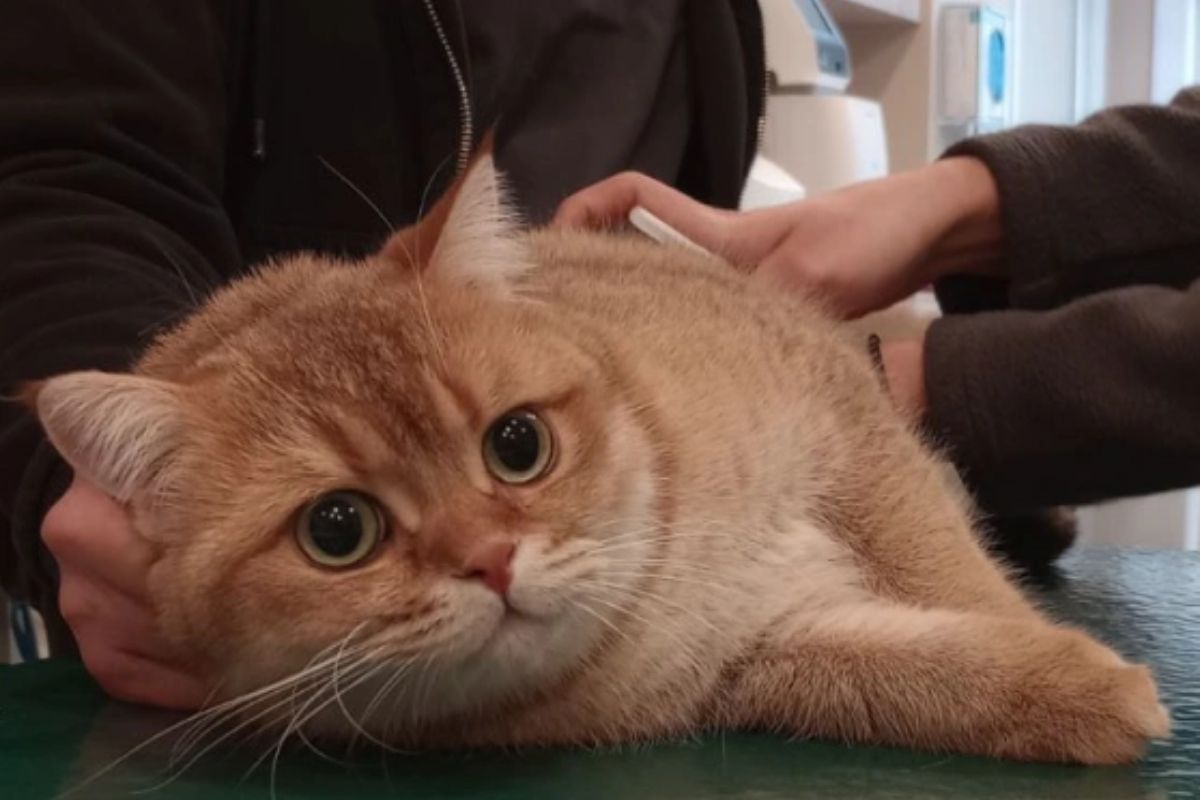
If your cat’s abscess has burst, it’s natural to feel overwhelmed. While this may release pressure, a ruptured abscess still requires prompt and careful care to prevent infection and support healing. Here’s a clear, reader-friendly guide on what to do at home and when to call the vet.
What Is a Cat Abscess—and Why Did It Rupture?
An abscess is a painful, pus-filled bump that forms beneath the skin due to bacterial infection—often from a bite, scratch, or foreign object. When the pressure becomes too much, the abscess may naturally rupture, releasing the infection. While this can temporarily relieve discomfort, it also leaves an open wound that demands proper attention.
Immediate Home Care for a Ruptured Abscess
1. Gently Clean the Wound
Use a warm, damp cloth or a mild saline solution (1 teaspoon of salt in 1 cup of warm water) to softly rinse away pus and debris. This helps reduce infection risk and keeps the area clean.
2. Trim Fur Around the Area (If You Can)
If your cat lets you, carefully trim away hair surrounding the wound. This keeps the area dry, clean, and free from matting.
3. Leave It Open
Avoid bandaging or sealing the wound unless specifically directed by your veterinarian. Keeping the abscess open allows proper drainage, which is crucial for healing.
4. Monitor Closely for Warning Signs
Watch for symptoms of reinfection or complications, such as:
- Re-swelling around the wound
- Persistent or foul-smelling discharge
- Lethargy, lack of appetite, or fever
If any of these emerge, contact your vet immediately.
Why Veterinary Care Is Essential
Even if the abscess has already burst, it’s vital to schedule a vet visit because:
- Deep cleaning and flushing may be needed to fully remove infection.
- Your cat may need antibiotics to fight lingering bacteria.
- Pain management or a protective cone may be necessary to prevent them from disturbing the wound.
- In some cases, the vet may place a drain to help fluid exit safely and prevent recurrence.
Proper professional care ensures the infection doesn’t spread or worsen—and supports faster healing.
How to Prevent Future Abscesses
While abscesses can’t always be avoided, especially in outdoor or territorial cats, you can reduce their risk with these steps:
- Spay or neuter your cat to lower aggression and fighting behavior.
- Keep your cat indoors or supervise outdoor time to limit conflicts and injuries.
- Inspect for wounds frequently, especially after play or fights.
- Get early veterinary attention for any bites, scratches, or unexplained swellings.
Final Thoughts
A ruptured abscess may give the appearance of resolution—when in reality, it’s just the beginning of a crucial healing phase. By maintaining a clean environment, keeping the wound open, closely watching for signs of trouble, and getting veterinary care, you’ll give your cat the best possible chance for a smooth recovery.